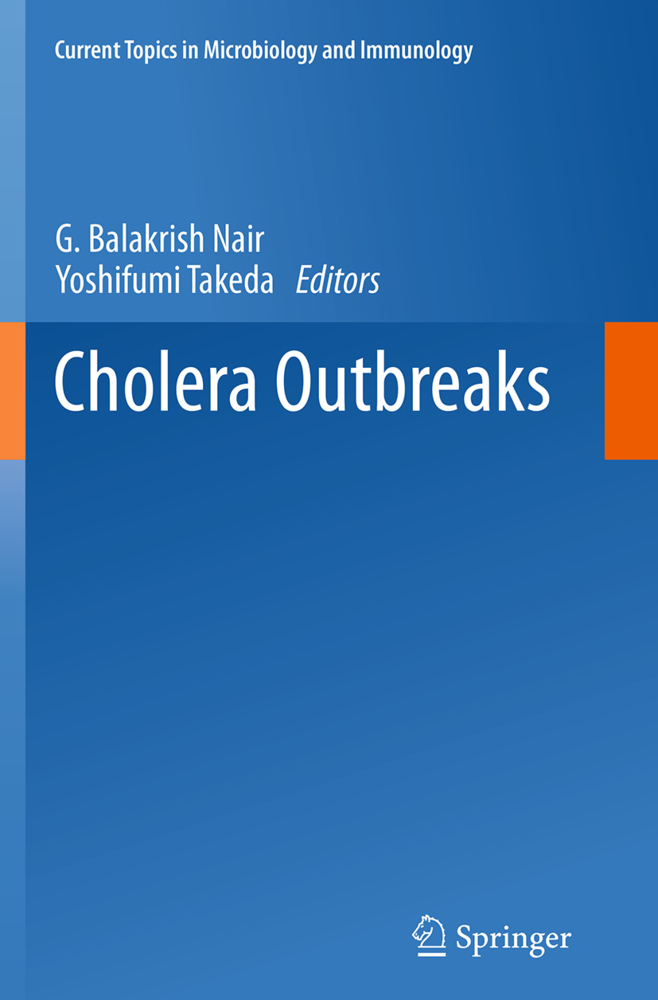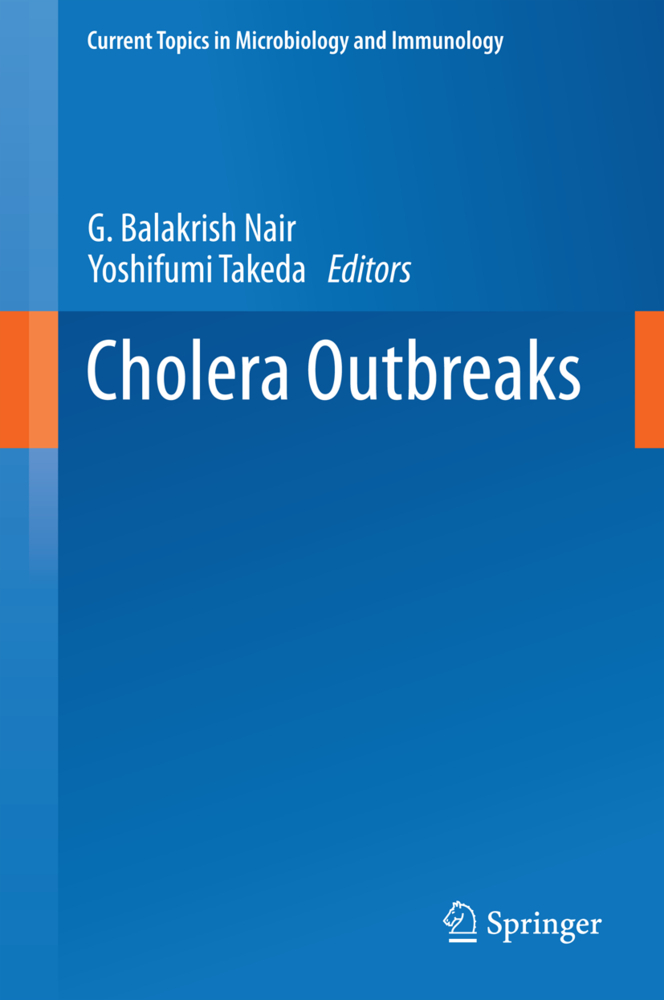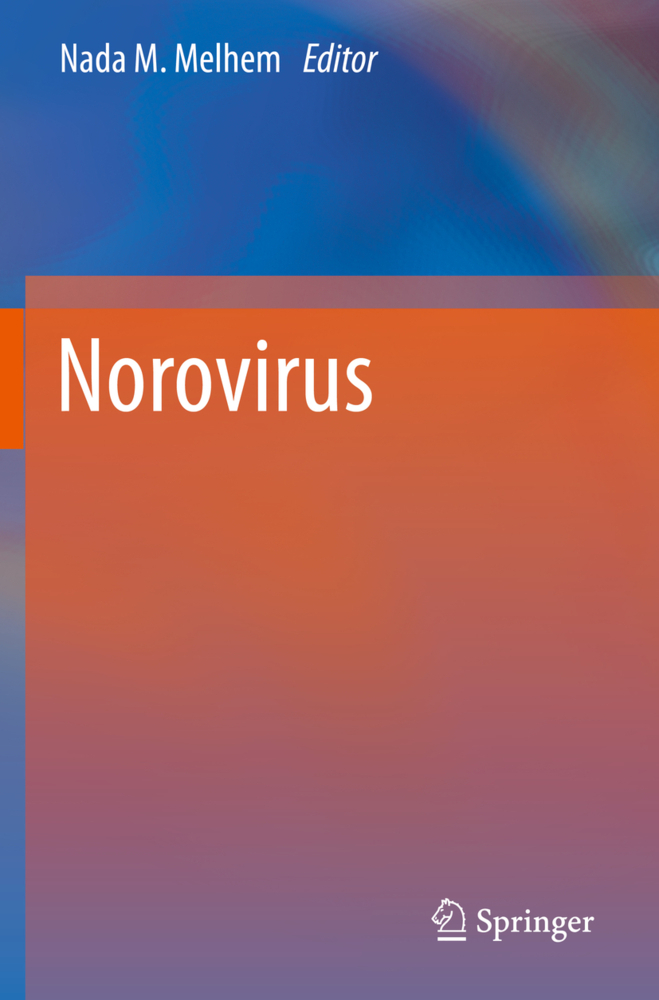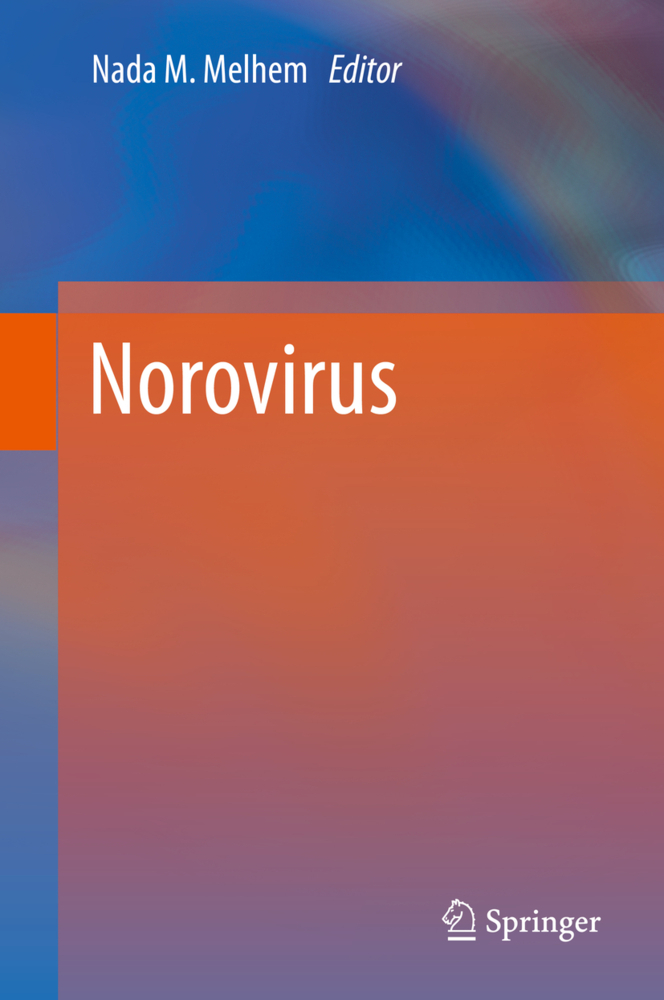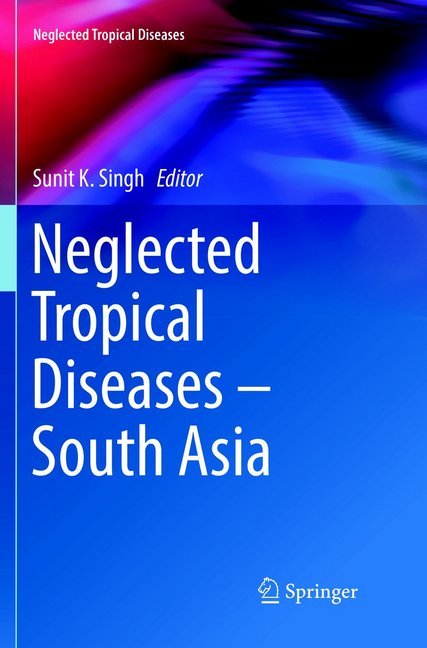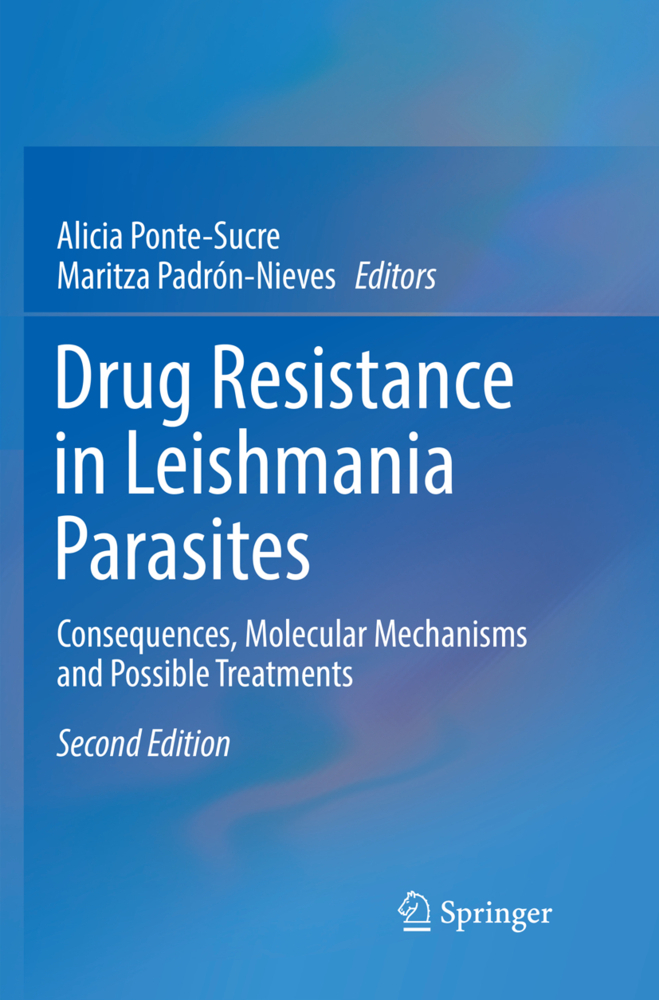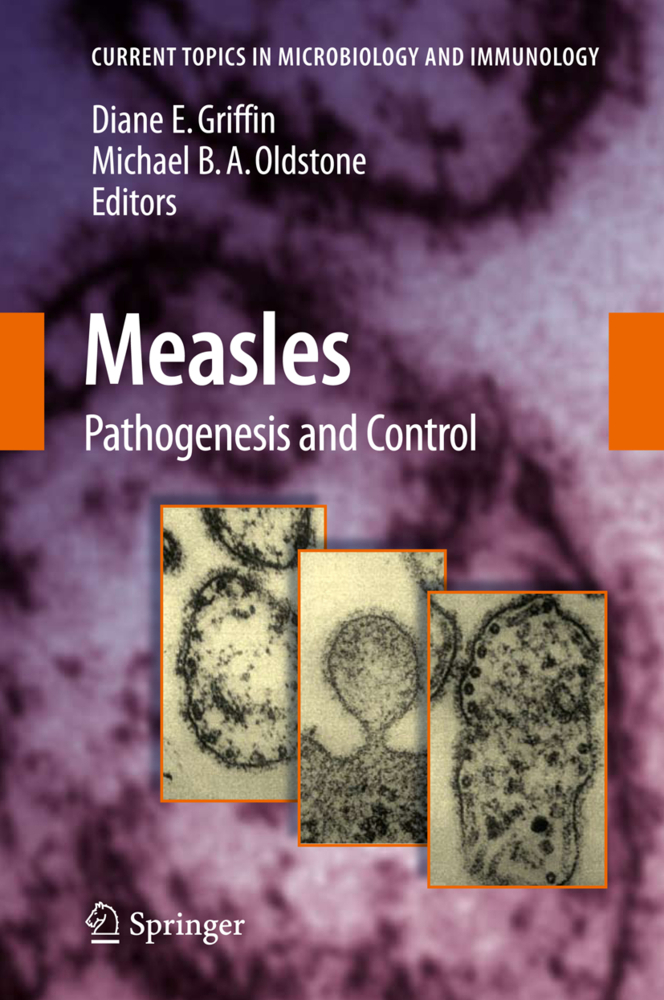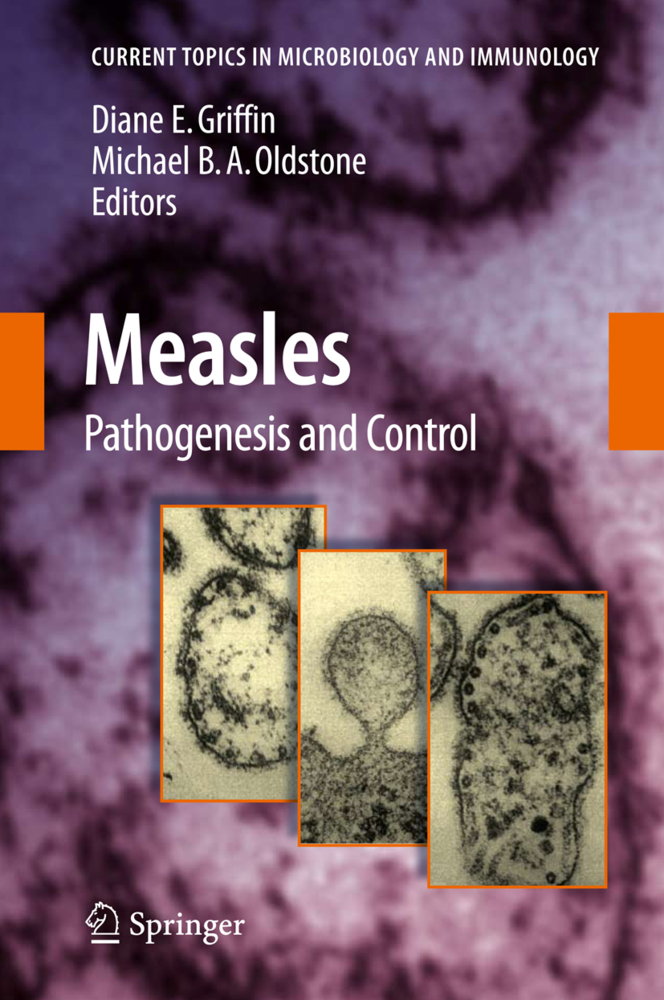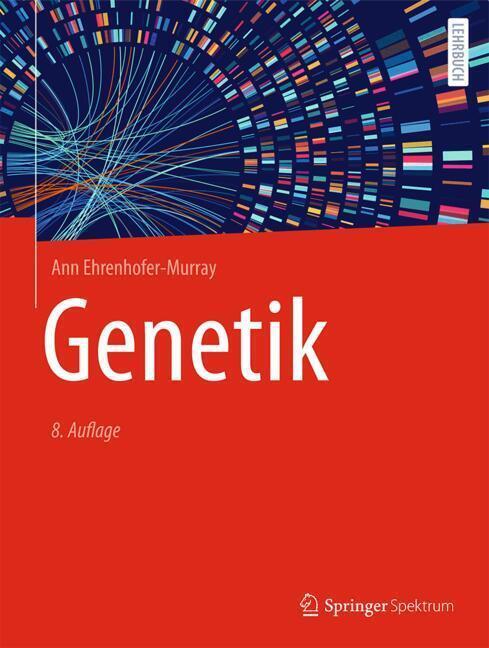Cholera Outbreaks
Cholera Outbreaks
The most feared attribute of the human pathogen Vibrio cholerae is its ability to cause outbreaks that spread like wildfire, completely overwhelming public health systems and causing widespread suffering and death. This volume starts with a description of the contrasting patterns of outbreaks caused by the classical and El Tor biotypes of V. cholerae. Subsequent chapters examine cholera outbreaks in detail, including possible sources of infection and molecular epidemiology on three different continents, the emergence of new clones through the bactericidal selection process of lytic cholera phages, the circulation and transmission of clones of the pathogen during outbreaks and novel approaches to modeling cholera outbreaks. A further contribution deals with the application of the genomic sciences to trace the spread of cholera epidemics and how this information can be used to control cholera outbreaks. The book closes with an analysis of the potential use of killed oralcholera vaccines to stop the spread of cholera outbreaks.
Cholera Outbreaks in the Classical Biotype Era
Cholera Outbreaks in the El Tor Biotype Era and the Impact of the New El Tor variants
Cholera Outbreaks in India
Cholera Outbreaks in South East Asia
Cholera Outbreaks in Africa
The Cholera Outbreak in Haiti: Where and How Did it Begin?- Role of Phages in the Epidemiology of Cholera
Circulation and Transmission of Clones of Vibrio Cholerae During Cholera Outbreaks
Modelling Cholera Outbreaks
Genomic Science in Understanding Cholera Outbreaks and Evolution of Vibrio cholerae as a Human pathogen
When, How and Where Can Oral Cholera Vaccines be Used to Interrupt Cholera Outbreaks?.
Nair, G. Balakrish
Takeda, Yoshifumi
| ISBN | 978-3-662-52271-4 |
|---|---|
| Artikelnummer | 9783662522714 |
| Medientyp | Buch |
| Auflage | Softcover reprint of the original 1st ed. 2014 |
| Copyrightjahr | 2016 |
| Verlag | Springer, Berlin |
| Umfang | X, 263 Seiten |
| Abbildungen | X, 263 p. 25 illus., 21 illus. in color. |
| Sprache | Englisch |

